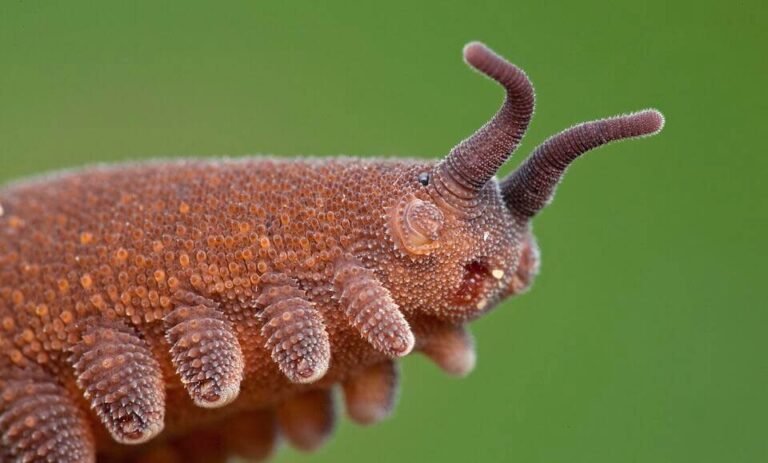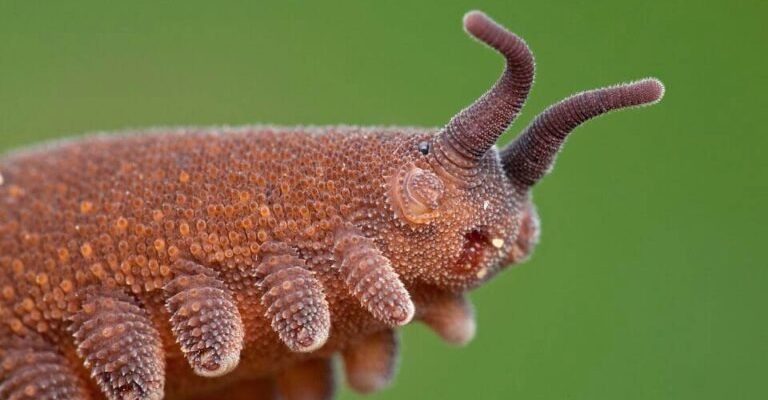
Teaching with pets can be a great way to engage students. It provides hands-on experiences that can spark curiosity about biology, ecosystems, and even kindness. However, not all pets are created equal. Velvet worms, or *Onychophora* as the scientific community calls them, are fascinating creatures that could add a unique twist to your classroom environment. But are they easy to care for? What do they need to thrive? Let’s explore whether velvet worms are the right choice for your classroom pet program.
What Are Velvet Worms?
Velvet worms are strange-looking creatures, often referred to as “living fossils.” They can be found in lush, humid environments, often hiding under leaf litter or logs. These little guys can reach lengths of up to 15 centimeters (about 6 inches) and possess a soft, velvety texture, hence their name. Their body resembles a tiny caterpillar, but they’re not insects; they belong to their own unique phylum.
These fascinating animals have a unique way of hunting. They shoot a sticky slime to capture their prey, which is usually small insects. This slime can immobilize the prey, making it easier for velvet worms to approach and eat them. Don’t worry, though—they won’t hunt anything in a classroom setting!
Why Choose Velvet Worms for a Classroom Pet Program?
You might be wondering why velvet worms would even be considered for classroom pet programs. For starters, they are low-maintenance. Unlike traditional classroom pets that need constant care, velvet worms are less demanding. They thrive in moist environments and don’t require daily feeding. A few insects here and there will suffice for their diet.
Moreover, velvet worms provide an excellent opportunity for students to learn about biodiversity and the importance of different species in our ecosystems. By studying these unique creatures, students can gain a deeper understanding of biology, evolution, and environmental science. It’s a cool way to bring the curriculum to life!
Care and Maintenance of Velvet Worms
Taking care of velvet worms can be easier than many might think, but it does require some knowledge of their specific needs. Here are the basics of keeping these critters happy:
- Habitat: Velvet worms need a humid environment. A terrarium with damp soil and some leaves would work perfectly. Ensure that the habitat mimics their natural environment.
- Temperature: Keep the temperature between 20°C to 25°C (68°F to 77°F). They’re sensitive to extreme temperatures, so avoid placing them in direct sunlight.
- Feeding: They generally eat small insects like fruit flies or small crickets. Feeding them a couple of times a week is usually enough.
Honestly, getting this setup right is critical for their health and happiness. And remember, while they’re low maintenance, they still need attention and care.
Educational Benefits of Having Velvet Worms
Having velvet worms in a classroom can transform the way students engage with biology. Here’s how:
1. **Hands-On Learning:** Students can observe real-life biology in action. Watching a velvet worm hunt (even if it’s just a mealworm in a terrarium) can be a memorable experience that drives home concepts learned in books.
2. **Understanding Ecosystems:** Care for these pets can spark discussions about their role in ecosystems. Why do we need predators? What happens if they vanish? It opens up a whole world of understanding.
3. **Responsibility and Compassion:** Caring for any pet teaches students about responsibility. Velvet worms may not be cuddly, but they deserve respect and care, which provides a unique lesson in empathy.
Let’s face it—students are often more engaged when there’s a living creature in the room.
Challenges of Keeping Velvet Worms
While velvet worms offer many benefits, there are challenges in maintaining them as classroom pets. Here are a few potential hurdles:
1. **Humidity Control:** Keeping the right humidity level can be tricky. If the terrarium dries out, it can harm the worms. Teachers must be diligent about monitoring the environment.
2. **Feeding Challenges:** Some students may be squeamish about handling live insects. It’s essential to have a plan for sourcing food and maintaining a comfortable feeding schedule that works for everyone involved.
3. **Limited Lifespan:** Velvet worms can live a long time compared to other invertebrates, but they still have a limited lifespan of around 5–7 years. Teachers might need to consider what happens when they reach the end of their life cycle.
It’s essential to weigh these challenges against the benefits.
Alternatives to Velvet Worms
If you’re hesitant about velvet worms, here are some alternative creatures that might work well in classroom settings:
- Ant Farms: These are a classic choice. They can be educational, and the structure of the colonies is fascinating.
- Butterflies: Raising caterpillars until they metamorphose into butterflies can captivate students. Plus, it ties in beautifully with lessons on life cycles.
- Fish Tanks: Though requiring a bit more maintenance, fish provide visual stimulation and can promote discussions about aquatic ecosystems.
Each of these alternatives brings unique lessons and experiences to the classroom.
Final Thoughts on Velvet Worms in the Classroom
So, can velvet worms be used in classroom pet programs? Absolutely! But it’s crucial to be mindful of their specific care requirements and the unique challenges they present. If you’re willing to put in the effort, these quirky little creatures can offer a wealth of learning opportunities.
As with any classroom pet, the experience should be a joy for both students and teachers. Ultimately, introducing a velvet worm to your classroom can open avenues of exploration that extend far beyond the terrarium. Plus, you’ll have a great conversation starter—who doesn’t want to tell their friends they have a pet that shoots slime?

